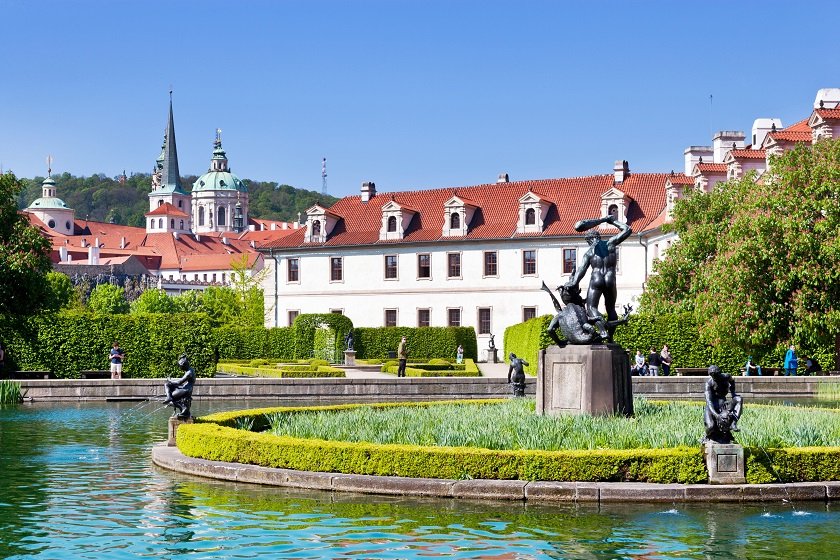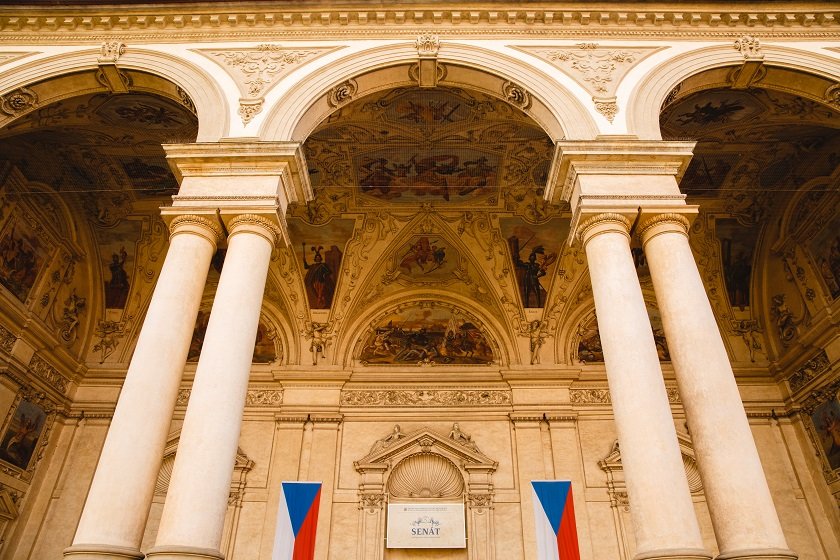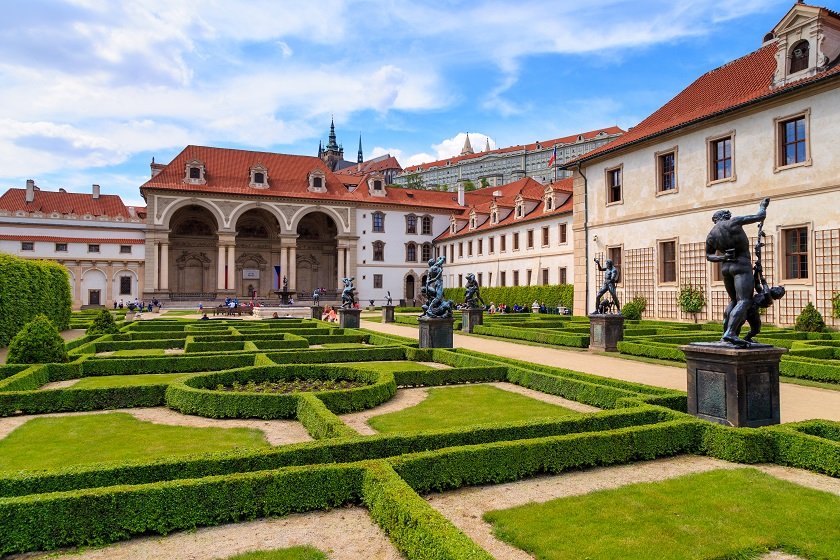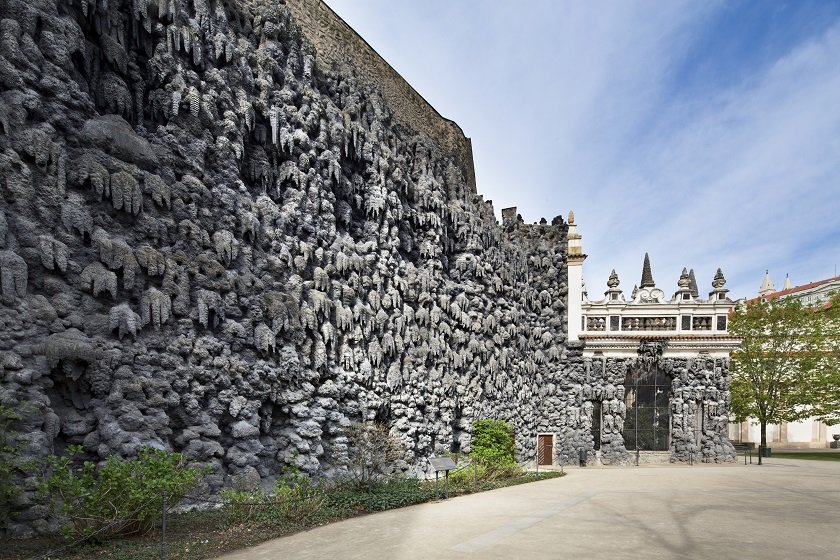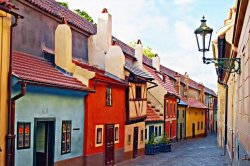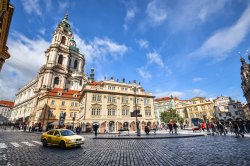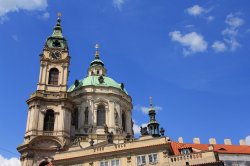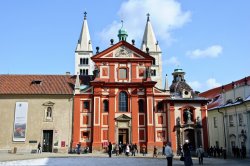Wallenstein Palace
The Baroque Wallenstein Palace, situated in the Lesser Town of Prague, is not only a notable architectural historcial monument, but it is also houses the Senate of the Czech Republic. The Palace complex, which was built between 1623 and 1630, also consists of the Wallenstein Riding School and the Wallenstein Garden in the French style, which serves as a venue for concerts, theatre performances and other cultural events in the summer season.
Useful information for visitors
Public transport connections
Opening hours and admission
The whole Wallenstein complex is open to visitors free of charge every weekend from April to October. During the rest of the year, it is open every first weekend of the month. The whole complex is freely accessibe, without any guide. For more information about opening hours, visit official website of the Senate.
Waldstein Garden is open to the public from April to October every day. For more information click here.
Interesting facts about Wallenstein Palace
The Wallenstein Palace was built in the place of the former Trčkovský Palace in the 17th century. Designed as a magnificent building, it was to compete with Prague Castle. As its name suggests, it was created by one of the most prominet nobleman of the time – Albrecht of Wallenstein, Czech politician and commander. Along with the palace, 23 houses and several gardens and brickyards were built.
A number of architects were involved in the construction, Andrea Spezza, who had worked in Germany, Poland and Austria, being one of them. However, there is incomplete information as to who was involved in the construction, because very little documentation has been preserved. Nevertheless, the decoration of the Wallenstein Palace comes from the hand of Rudolph II’s scultpor who created a lot of sculptures and fountains there. Today, we can find only their copies in the garden, as the originals were stolen by Swedish troops.
The Wallenstein Palace complex consists of a residential area extending around the four courtyards, stables, the Czernin atrium, a two-floor elongated wing and the Riding School enclosing the Wallenstein Garden on the northeast. The garden is connected to an artificial stalactite wall with caves and an aviary.
